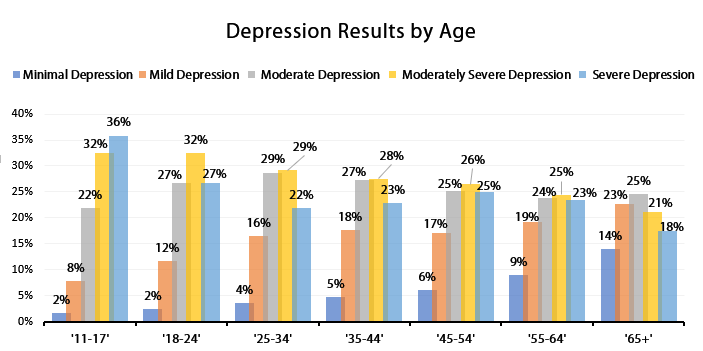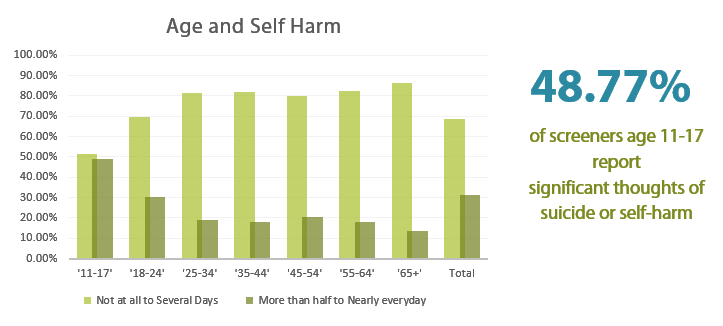You are here
America’s Youth is in Crisis – Here’s How You Can Help
December 13, 2017
By Theresa Nguyen, MHA Vice President of Policy and Programs

Over ten years ago, I started working with teenagers and adults who struggled with mental health problems.
Working with individuals and families, I witnessed how exhausting and persistent the struggle against mental illnesses is.
Youth often struggled in silence for long periods before figuring out how to tell someone about their experiences. Parents were surprised and disturbed by the difficulty in identifying early signs. Everyone hated how hard it was to find good care and navigate our complex system.
The longer people went without treatment, the sicker they became and the more difficult it was to reverse the impact of mental illness.
It wasn’t until 2010 that I even learned that illness like Schizophrenia were preventable. I reflected on my family members and the young people I supported before and thought about what a different kind of life would have looked like if we took a prevention approach.
Since that time in my career, I’ve transitioned from working with people directly, to working with data and policy. The hardest thing about this transition is knowing the amount of suffering behind the large numbers I work through every day.
Over the last four years, Mental Health America (MHA)’s State of Mental Health in America report has followed mental health data trends for American adults and youth.
Unfortunately, the data shows us that our youth are struggling with increased rates of depression, thoughts of suicide, and self-harm.
Every year, the percentage of youth across America who struggle with depression and serious depression has increased.
Over the past year, 12% of youth experienced depression. In 2011, that rate was 8%.
This change is consistent with data from the over 1 million young people who have come to explore their mental health problems on www.MHAScreening.org every year.
Among all our screeners, youth age 11-17 were the most likely to score severely depressed and nearly half reported having significant thoughts of suicide or self-harm.


What can we do to help the young people struggling in our lives?
The data above indicate a problem that needs to be addressed now, before a point of crisis – Before Stage 4.
So, what does a prevention approach look like?
- Having a conversation: It seems today that young people are less afraid to talk about their mental health problems. We should take advantage of their willingness to have a conversation by making sure we can respond adequately to their requests for help. For families who have histories of mental illness, it is really important to create a culture of openness and awareness. Talk about how mental illness run in the family and share stories about the struggle and the healing.
- Getting screened: If you think something might be going on, the internet provides free and anonymous opportunities to explore mental health problems. Screenings are just a first step, just like for cancer or diabetes. You can take more than one screen or take the same screen over a period of time. The questions themselves provide insight about things to look for. They even provide a starting point for a conversation if you haven’t already had one.
- Learn more: Once you know what might be going on, the most powerful and important thing you can do for yourself or a loved one is to be informed. Start with looking up basic information about mental health problems. Try to understand where problems are coming from personally. Think through environmental stressors or biological explanations. This might help understand what next steps you might take.
- Get help: It is understandable that it might take time to work though whether you reach out or how you want to get help. If things get worse, you might reach a point where dealing with problems alone is hard. Getting help doesn’t mean you have to talk to someone. Online options are available. For many people having a supportive person who is there makes a big difference.
Changing the trajectory of suffering related to mental health problems is something we all can do.
As individuals we can fight in the open about our problems and create a culture where people feel safe to talk about mental illness.
As a society we can invest in our system and make sure we all have access to mental health care.
Doing nothing should not be an option.







Add new comment